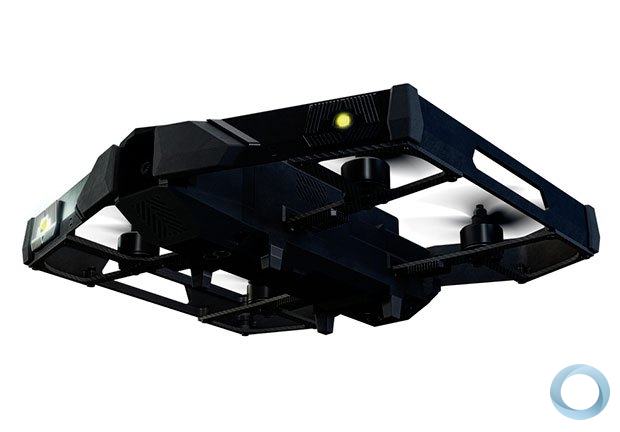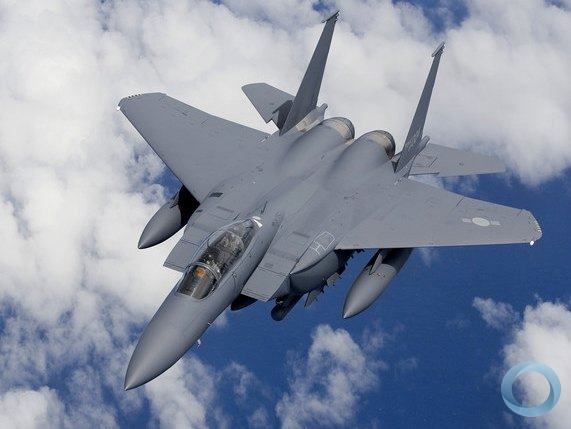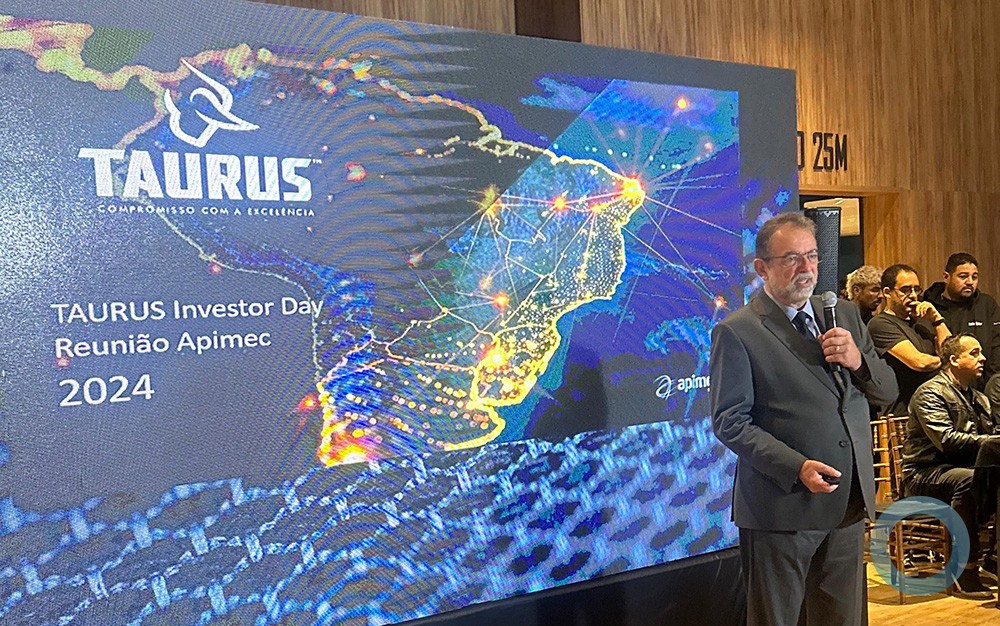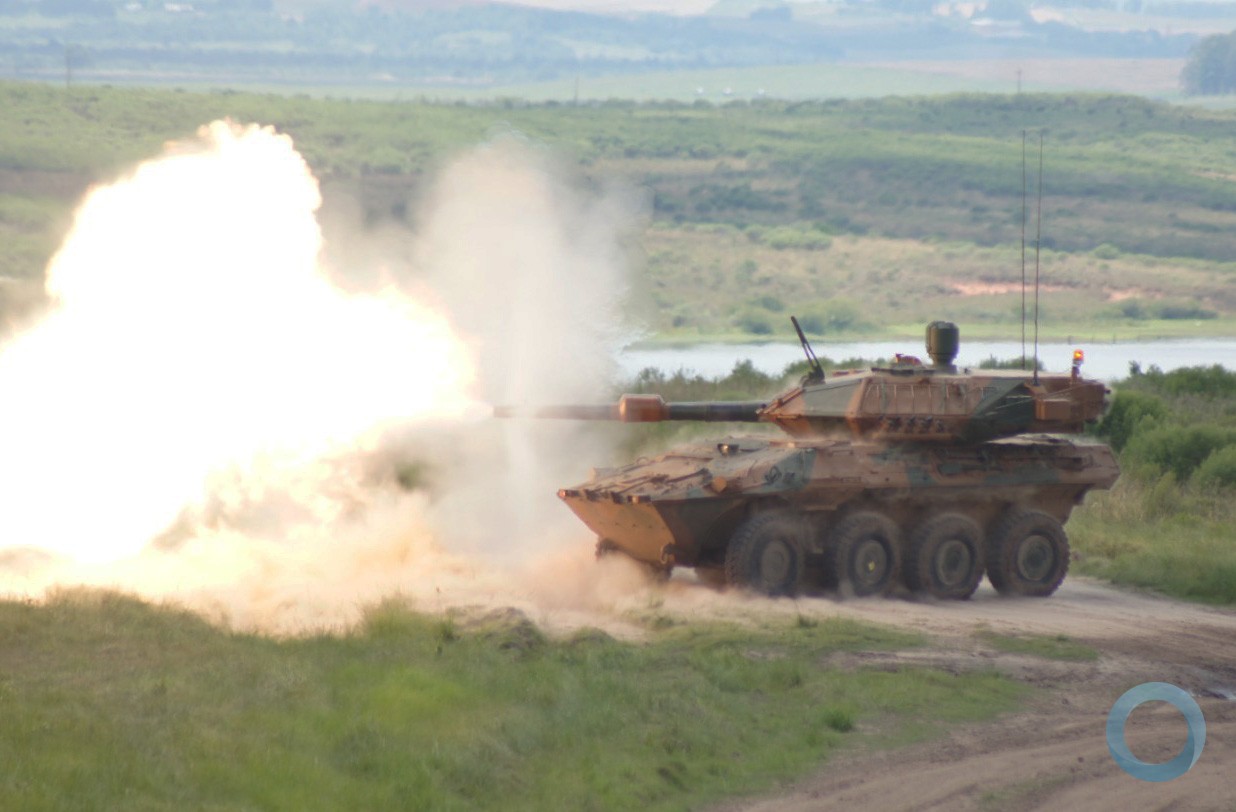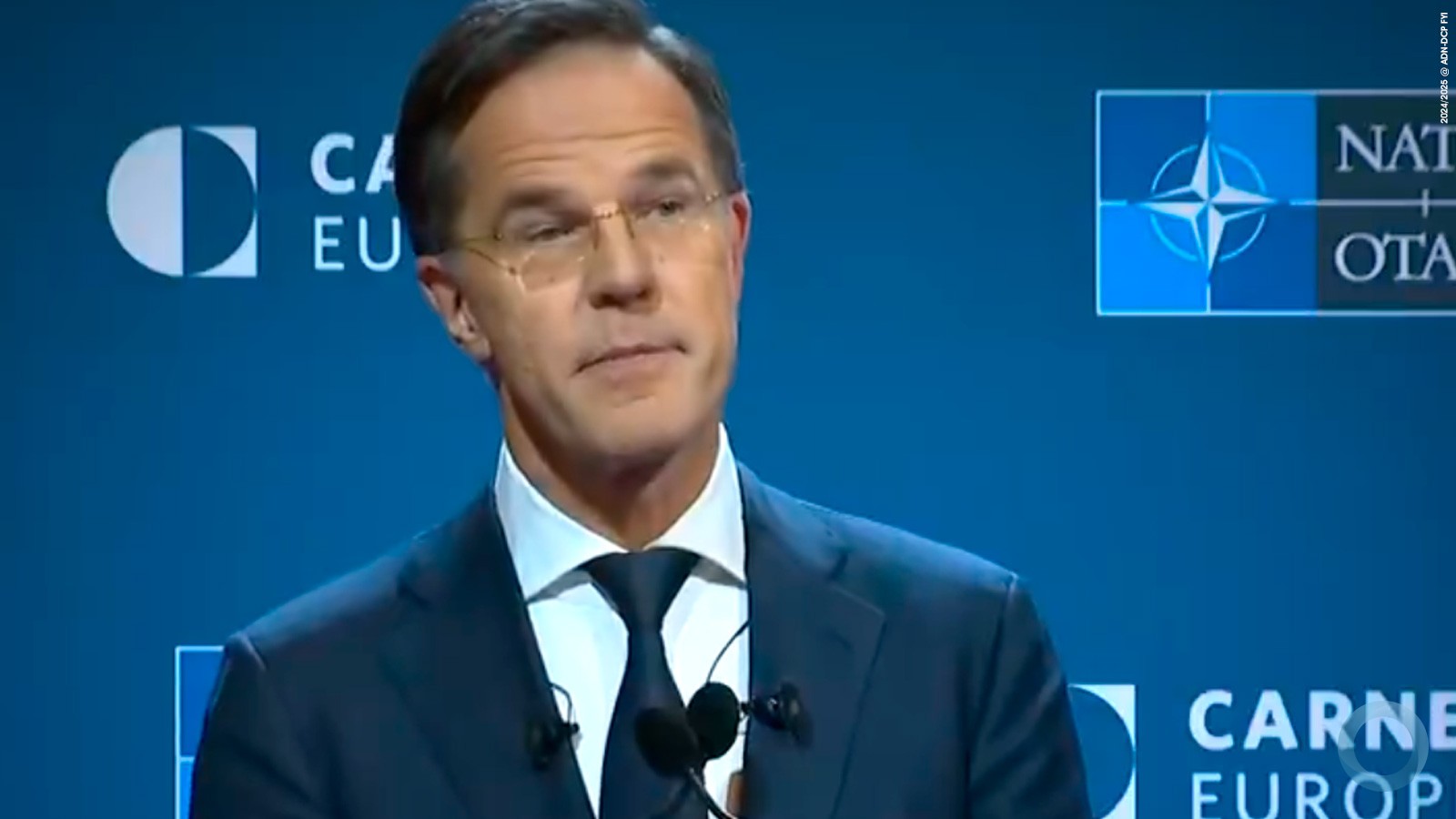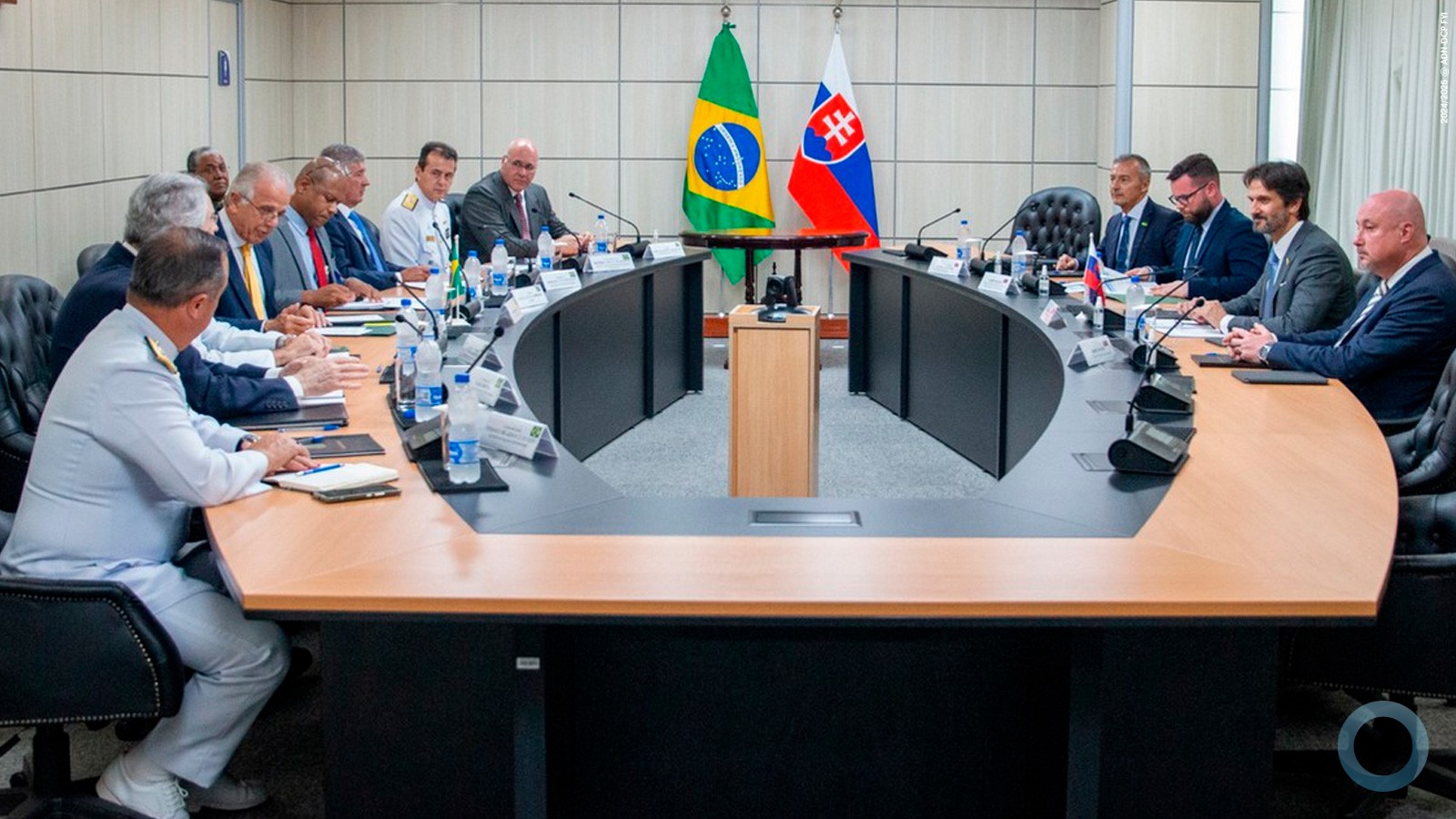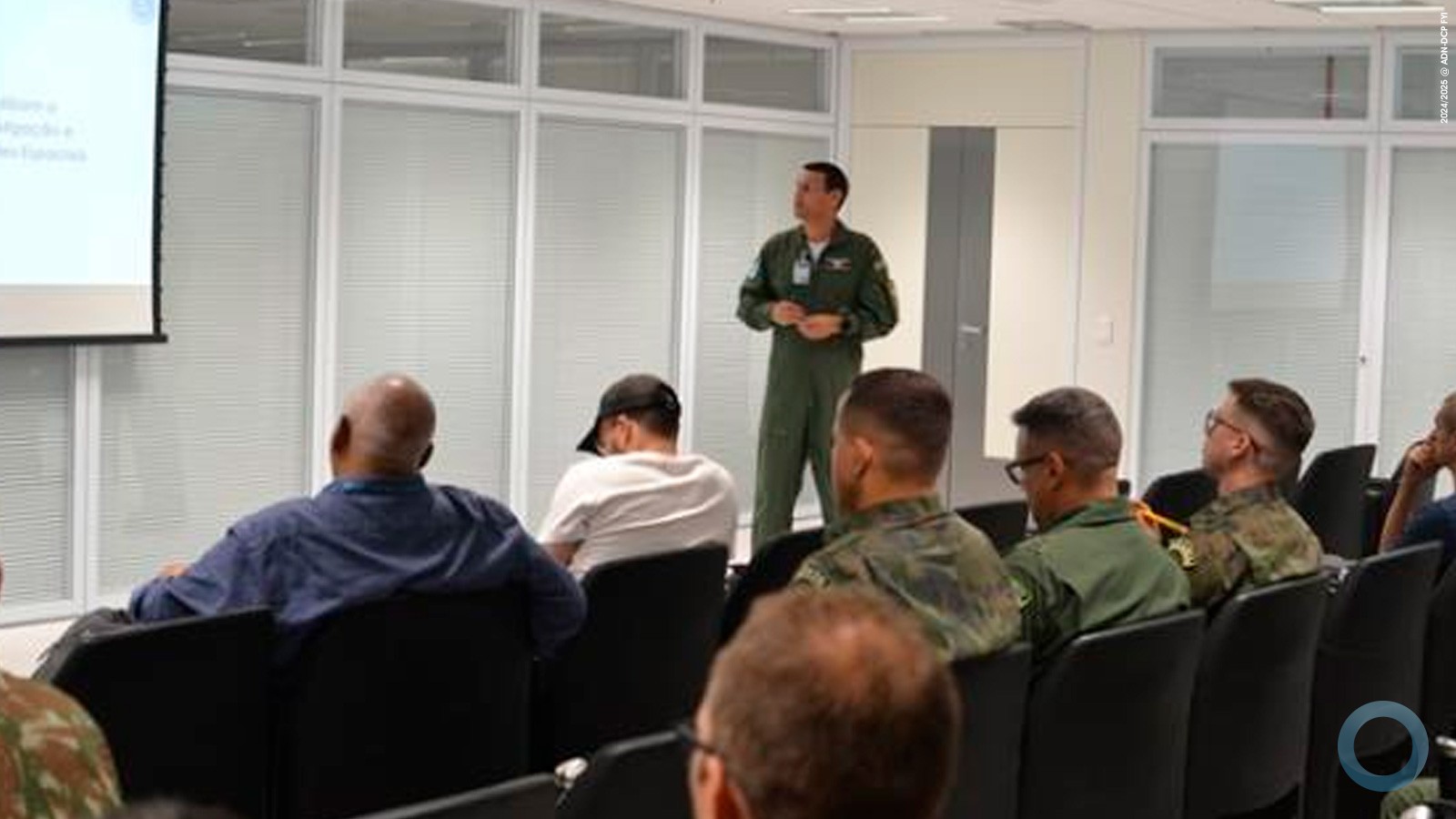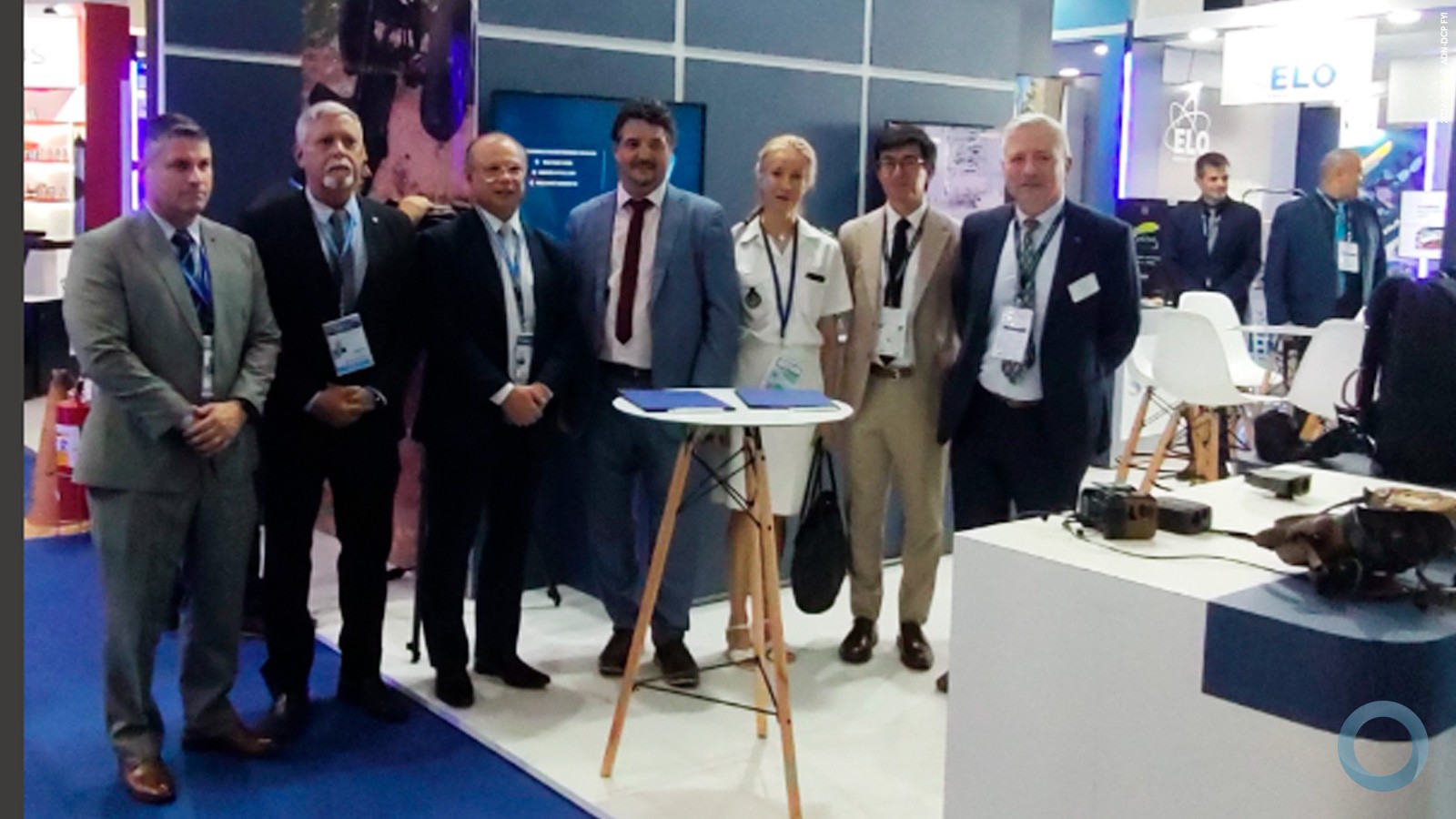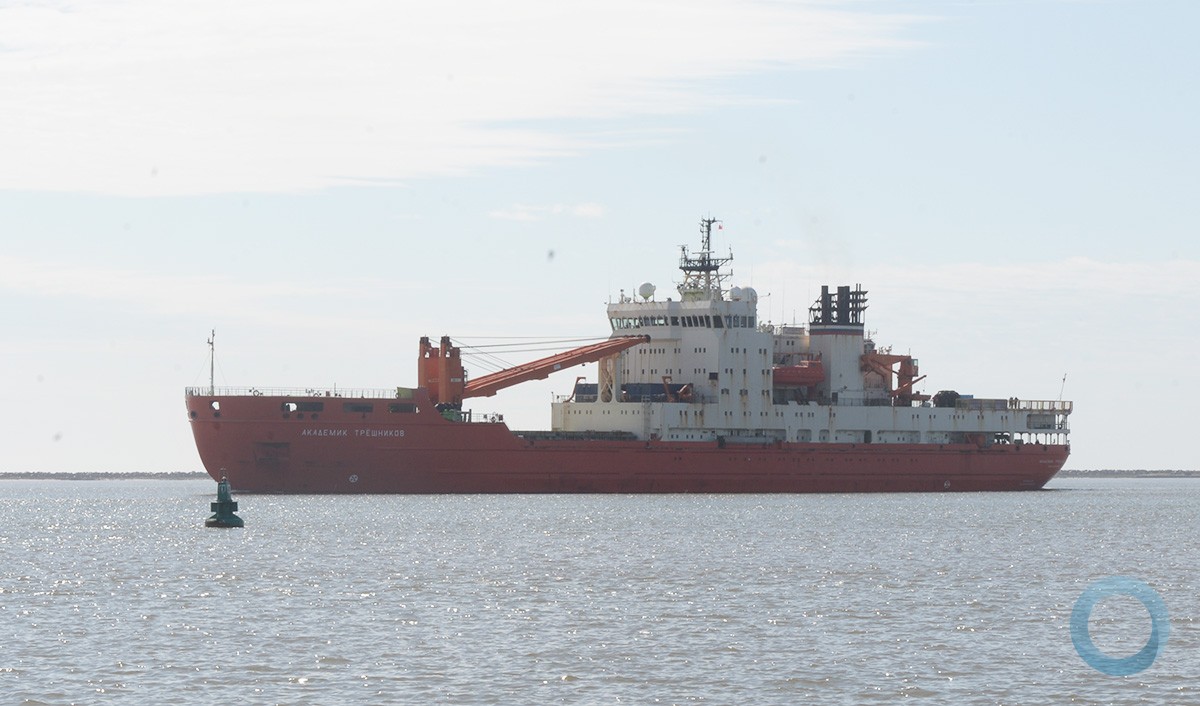Every year is taking place a major NATO Air support exercise called Serpentex. Defesanet was invited there
In 2006, French air force reorganized its structure in Afghanistan, giving birth to the Serpentaire operation (serpentaires are snake hunting birds). The need for a deeper specific training for FACs (Forward Air Controller, a NATO equivalent to US JTAC, Joint Tactical Air Controller) and pilots quickly arose. Therefore, in 2007, a specific exercise named SERPENTEX was led in Corsica, a mountainous island situated south of France, so as to mimic afghan conditions.
The small scaled exercise rapidly became very popular and was internationalized. Considering the ever increasing number of asymetric conflicts, the need for a better integration of Airto Ground and Ground assets is large. For the 2014 edition, no less than 700 personnel from 8 nations participated to a 3 weeks long exercise at Mont de Marsan AFB, South West of France. 24 fighter planes from 4 nations were involved, but also helicopters, drones, tactical transport planes….
Some of the types involved during Serpentex 2014 exercise :
French Dassault Mirage 2000 N
Italian AMX International AMX
BAE Hawk and Dassault Rafale
Airbus Helicopters Tigre HAP.
Much more at http://www.vincentmasse.fr/
The 2014 Edition was moved from Corsica to Mont de Marsan for the following reasons :
– It is easier to train with other armies than in Corsica due the the high number of units present in the region (mostly Armée de Terre and Special forces).
Mont de Marsan AFB hosts the CEAM (Centre d'Expériences Aériennes Militaires)
Near Mont de Marsan is one of the largest polygon of fire of Europe : 100 Km2. This polygon is the only one allowed in France for live fire bombing.
The idea isn't anymore to train the "couple" FAC/Fighter Bomber, but to -as much as possible- fully integrate in a digitalized network ground and air forces, be it infantry, artillery, helicopters, drones or fighters. Something quite similar to the "cloud" concept described for air assets in link Vianney's article here please.
Therefore, the exercise has five main goals :
– Maintain basic CAS competences and qualifications (for ex, to maintain its qualification according to NATO standards, a FAC must guide at least 12 Air to Ground simulated drops/year)
–Train for new Air to Ground missions
– Consolidate Digital Aided Close Air support (DACAS)
– Improve coordination between fighters and other assets, specially helicopters.
– Improve "Know How"of offensive operations.
Other goals include :
– Setup and adapt procedures from "Retex" (return of experiences) of battlegrounds (the What Went Wrong? method). Improve joint offensive operations capabilities.
– Promote international exchanges. Despite standardized procedures within NATO (the famous "9 line" shooting procedure), there are always some variations between countries. More and more, NATO forces are working in coalition. A Regular joint training is very important for interoperability.
– Setup new modes of action. As mentioned above, a typical example for french forces would be cooperation between Armée de Terre ALAT helicopters and Armée de l'Air fighters that did miss during Lybian conflict (in one of the scenarios, after both fighter and helicopter searched for an ennemy vehicle, the helicopter would pop up from behind a wood and shoot a Hellfire missile towards a target laser designated by the fighter.).
What is Air support?
Air support in the Air Land battle is the support provided to ground troops by air assets. It consists of close air support (CAS), counterair, air interdiction, battlefield air interdiction (BAI), tactical surveillance and reconnaissance (TSR), and tactical airlift.
These definitions are mainly driven by two factors : the localization of friendly/ennemy elements and the eventuality of a contact between these elements. As described below.
Serpentex exercise is mainly focused on Close Air Support, but also involves BAI, TSR and some Tactical transport.
CAS is defined as an air action against hostile targets close to friendly forces. Each air mission requires detailed integration with the fire and movement of those forces. This means that the aircraft are under positive or procedural control.
The control is performed by Forward Air Controllers, also known as Joint Tactical Air Controller in the US. Depending on ROEs (rules of engagement), an engagement clearance can be requested from a Command and Control (C2) center.
Air interdiction is air action against hostile surface targets that are in a position to directly affect friendly forces (BAI) or not (AI). These missions require joint planning and coordination. However, they may not require continuous coordination during the execution stage.
Typically, a FAC will request air support to a fire support coordinator (FSCOORD). He will send air assets (it can be a surveillance drone aswell as an helicopter, fighter or all of them). When the air assets arrive on site, the FAC will take control of them and coordinate their actions. This is a highly difficult and specialized task as it involves understanding between a 2D vision (ground assets) and 3D vision (aircrafts). French FACs, aswell as their german counterparts are formed in Nancy (North East of France) at the CFAA unit.
COMMON CAS ORDERS CHAIN.
Generally speaking, the FAC will ask for downlink (usually using the "Rover" system) images from the plane so as to positively identify targets and locate its own troops to the pilot. When the pilot and the FAC have a common clear situation awareness, the FAC will send a standardized action order called a "9-line". The aircraft will then act as requested, be it by a low pass called "show of force" or deliver armaments.
Typically, the FAC is working with a small team called TACP (Tactical Air Control Party). The core mission is to observe and transmit. TACP can include some observers, FAC, radio transmitter and self protection.
A British TACP during Sertentex exercise.
Here is the usual equipment of a TACP :
This classical vision of CAS is on the verge to become obsolete. Battlefield networking is on the way, data shared via link 16 etc.
Highly sophisticated spanish "URO"TACP vehicle : computers, UHF, VHF, satellite communication systems.
During his presentation, LCL Arimbaud showed us this slide :
The concept is know as "DACAS" (Digital Aided Close Air Support).
As one can see, the concept is completely different : data are sent to a centralized server that will fuse and dispatch them through global network via L16. Note that communcation links between plane and FAC aren't represented, but still exist.
Air Operations Control Center.
This allows the whole command and control chain and the ground and air assets to share a common vision of tactical situation as shown here on "ground version" of the Alliance software :
Benefits are huge and theses communication systems can be considered as "force multipliers". As an example, the communication between a FAC and a bomber could take long minutes before friendly or enemy positions and requested interventions were clearly established. Depending on ROEs, the fighter may than have to ask his command chain a validation order to deliver armament.
Another example is one of the scenarios experimented during the exercise where a fighter bomber and an helicopter were cooperating to find and identify "red forces".
Basically, Serpentex is not intended like e.g. Red Flag to use wide COMAO exercises, but to maintain and coordinate permanently the presence of an Air Support for limited intensity ground operations. Discussing with several operators, they do value it, but deeply regret that NATO did not allow satellite frequencies (probably due to the emerging Ukraine crisis). Here are some of the interviews.
The exercise area is divided in several zones with different geographies and scenarios. This allows a turn-over of teams during the 3 weeks that the exercise last.
Commandant S., armée belge.
Hello sir, could you present yourself please?
– i'm Cdt S. from belgian army. I am presonsible of the belgian FAC detachment here at Serpentex exercise. I am working for belgian army headquarters in Bruxelles. I am head of detachement and EXCOM for the exercise.
Do belgium forces regularly paticipate to the exercise?
– Yes we do since the beginning. We are very satisfied with our participation everytime. This time, we came with 2 teams of JTACs. We expect that our "composante air" (air-force) will one day send some F-16.
What are the main qualities of the exercise according to you?
– There are a lot of air assets. It is interesting to work with different planes, with different characteristics. International exchanges are interesting, exchanging about methods is grateful. This also helpful to prepare coalition operations.
What do you think of the change from Corsica to Cazaux?
– Corsica was interesting with its montainous terrain. But here we have more space with a lot of possibilities and a large area to release live bombs (Captieux live exercising area is 10.000 Ha large), although we did not this year.
How are you organised to come here?
– We are organised with 3-5 FACs / team. With one FACSUP (FACsupervisor). We stay during the three weeks, rotating teams. Our FACs are also JTACs generally speaking the qualification are the same, but JTAC (US) need 6 guided shots every 6 months while FACs (NATO) need 12/year. We expect to come next year with new Digital CAS equipment.
Any regret about the exercise?
– Yes we regret that NATO denied SatCom slots for the exercise.
Thank you Cdt S!
Captain L. Spanish Air Force.
Hello Cpt, and thanks for answering our questions. Could you present yourself?
– I am Captain L. From EZAPAC. EZAPAC is a part of spanish special forces depending from Murcia AFB. We are specialized in CAS, CSAR (Combat Search and Rescue) aswell as TCC. I am one of the FACSUP of the exercise. For example i can be in charge of a belgium FAC team.
Do spanish forces regularly participate to the exercise?
– Yes we did for the last three years. It is a good opportunity to train combined and multiple assets. We also exchange on procedures, tactics… I am really happy to be here. Spain has about 45 trained and 35 fully qualified FACS. Some spanish F-18 from Zaragoza air base are also participating.
Thank you Cpt L.
As a conclusion, Serpentex is a fairly specific exercise in Europe. It is mainly focused on Air support instead of huge deep penetration raids. Many lessons seem to be learnt and it is little by little becoming a pillar exercise for NATO











